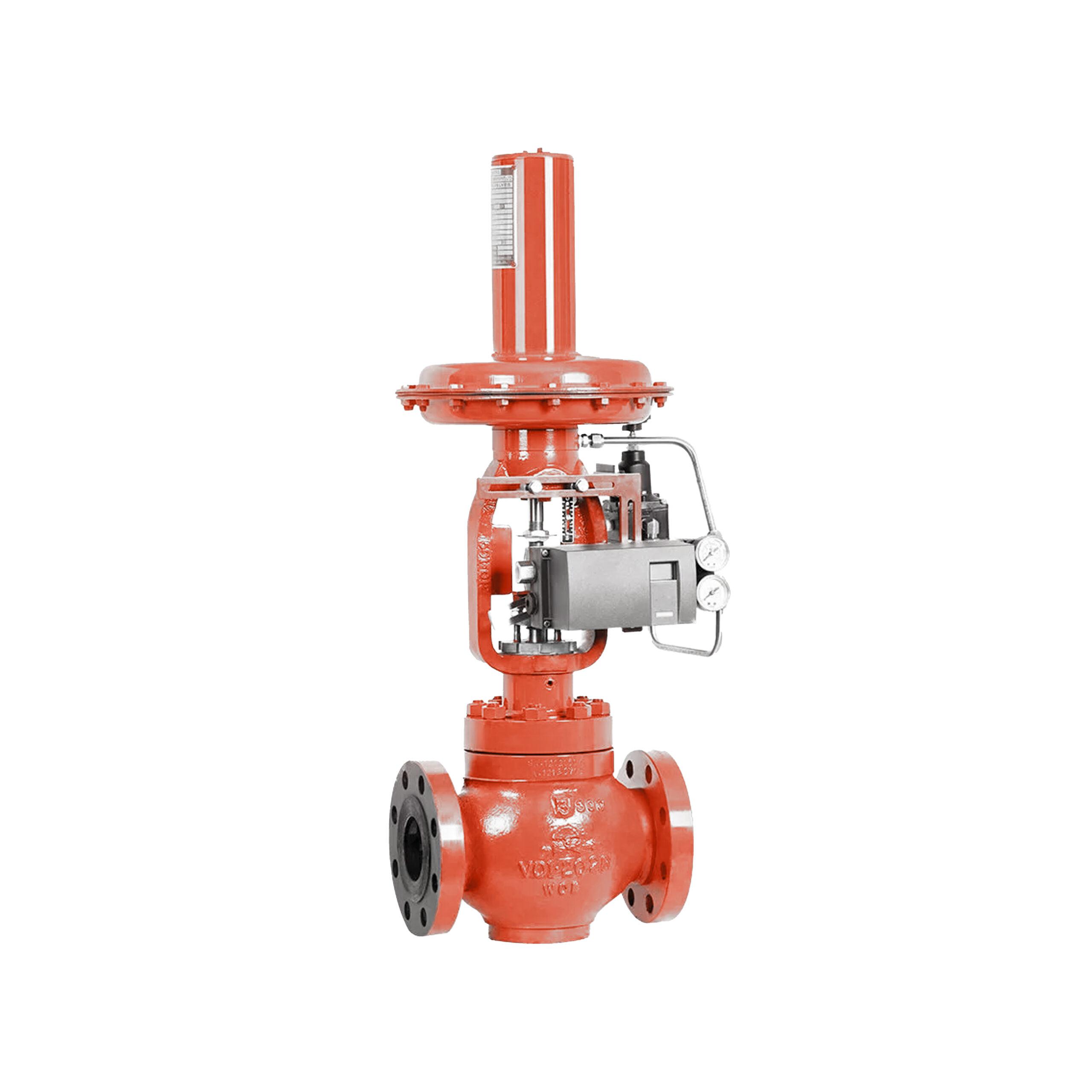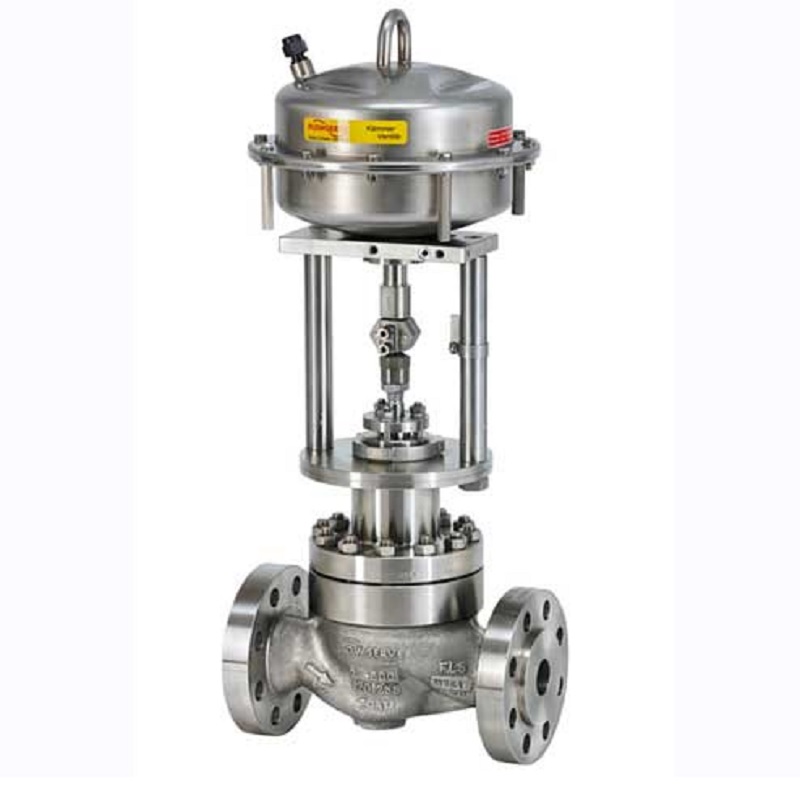Enhancing Operational Efficiency with Advanced Control Valves
Enhancing Operational Efficiency with Advanced Control Valves
Blog Article

Maximize Energy Savings and Comfort With Advanced Structure Automation Controls
In the world of modern-day design and facility management, the integration of innovative structure automation manages stands as a critical advancement. The merging of modern technology and sustainability has actually birthed a new era where power performance, comfort optimization, and operational streamlining are no much longer obtainable realities yet far-off aspirations. By harnessing the power of automation, structures can adjust, respond, and develop in ways that were once unimaginable. The potential for substantial power financial savings and improved comfort is not simply a possibility but a promise waiting to be satisfied. This standard shift in structure administration holds the key to opening a world where ecological conscientiousness and owner well-being sympathetically exist together within the wall surfaces of our structures.
Energy Effectiveness Benefits
Energy performance benefits can substantially decrease power consumption and functional prices in buildings. By applying energy-efficient techniques and modern technologies, building owners and operators can accomplish significant savings while likewise contributing to ecological sustainability. Among the key advantages of improving energy effectiveness in buildings is the decrease of utility expenses. Energy-efficient systems, such as advanced building automation controls, can enhance making use of resources like illumination, heating, and air conditioning, resulting in reduced power costs in time.
In addition, improved power effectiveness can extend the lifespan of structure devices and systems. By running a lot more effectively, cooling and heating systems, lighting fixture, and other building parts experience less wear and tear, resulting in reduced maintenance and substitute expenses. Additionally, energy-efficient structures commonly command greater residential or commercial property worths and rental rates, providing long-lasting economic advantages to proprietors.
Additionally, power effectiveness can enhance passenger comfort and performance. Appropriately managed indoor environments with optimum lighting and thermal problems create an even more pleasant and conducive workspace, causing boosted employee contentment and efficiency. Overall, the energy effectiveness advantages connected with advanced building automation controls are multifaceted, including expense financial savings, environmental stewardship, and passenger health.
Boosted Convenience Control
Enhancing convenience control in structure settings calls for an innovative assimilation of innovative automation systems for optimum occupant well-being. By utilizing advanced structure automation controls, centers can customize the interior atmosphere to satisfy the certain requirements and preferences of residents. These systems allow accurate regulation of lighting, temperature level, and air flow, producing a effective and comfortable atmosphere. Occupant fulfillment and performance are very closely linked to thermal comfort, making it vital to have systems in place that can adjust to altering problems in real-time.
Improved comfort control surpasses basic temperature level changes. It consists of functions such as customized setups, occupancy sensors, and all-natural light utilization to produce a receptive and vibrant atmosphere. By including these sophisticated controls, structures can not only boost comfort however also improve power performance by optimizing system operations based upon real tenancy and usage patterns. Eventually, focusing on occupant comfort with innovative automation systems leads to a much more enjoyable and healthier interior setting.
Operational Effectiveness Improvements

In addition, the application of real-time tracking and analytics devices makes it possible for building drivers to identify energy inefficiencies and operational abnormalities without delay. By continuously monitoring power use patterns and system performance metrics, changes can be made in real-time to optimize energy consumption and guarantee peak operational effectiveness. control valves. Additionally, incorporating demand feedback strategies right into structure automation controls can better boost functional effectiveness by dynamically changing power usage based upon grid problems and pricing signals
Indoor Environment Optimization
Effective indoor climate optimization is a fundamental aspect of building automation controls, making certain residents' comfort and health while maximizing power savings. By making use of sophisticated sensing units and controls, developing automation systems can constantly check and readjust temperature, moisture degrees, air top quality, and ventilation to create an ideal interior atmosphere. Keeping constant and comfortable conditions not only enhances resident contentment yet additionally boosts productivity and overall well-being.
Indoor environment optimization additionally plays an essential role in energy efficiency. By fine-tuning ventilation, heating, and cooling systems based upon real-time data and occupancy patterns, constructing automation controls can dramatically lower power usage - control valves. For example, implementing techniques such as demand-controlled ventilation and thermal zoning can help reduce energy useful source waste while guaranteeing that each location of the structure receives the necessary conditioning.

Lasting Environment Production
Building automation regulates not only maximize indoor environment conditions for power efficiency and owner comfort yet also lay the structure for creating a lasting environment with strategic administration of systems and resources. By incorporating advanced structure automation technologies, such as sensors, actuators, and smart software, facilities can check and adjust energy use in real-time to minimize waste and decrease their carbon impact. These systems make it possible for predictive upkeep, identifying prospective problems before they intensify and enhancing tools efficiency to boost long life and effectiveness.
Moreover, sustainable atmosphere development expands past power management to include water preservation, waste decrease, and interior air top quality renovation. Building automation controls can regulate water usage, find leakages, and ensure proper waste disposal practices, contributing to general sustainability initiatives. Furthermore, by controlling and keeping track of ventilation and purification systems, these modern technologies enhance occupant health and productivity while decreasing power intake linked with cooling and heating procedures.
Verdict
To conclude, progressed building automation controls offer substantial advantages in terms of energy savings, convenience control, functional effectiveness, indoor climate optimization, and developing a lasting atmosphere. By carrying out these controls, buildings can achieve optimum efficiency while minimizing energy consumption and boosting passenger comfort. It is evident that using sophisticated automation innovation is important in enhancing structure efficiency and creating an extra lasting future.
Energy efficiency advantages can substantially reduce power consumption and functional costs in structures. Generally, the energy performance benefits connected with advanced structure automation controls are multifaceted, including cost savings, ecological stewardship, and resident health.
In addition, click here to find out more including demand reaction techniques right into structure automation controls can further enhance operational effectiveness by dynamically readjusting power use based on grid problems and prices signals.
Structure automation manages not just enhance interior environment conditions for energy effectiveness and passenger look at these guys convenience however likewise lay the foundation for creating a sustainable environment through tactical management of systems and resources.In final thought, progressed structure automation regulates deal significant benefits in terms of energy financial savings, convenience control, functional performance, interior environment optimization, and developing a sustainable environment.
Report this page